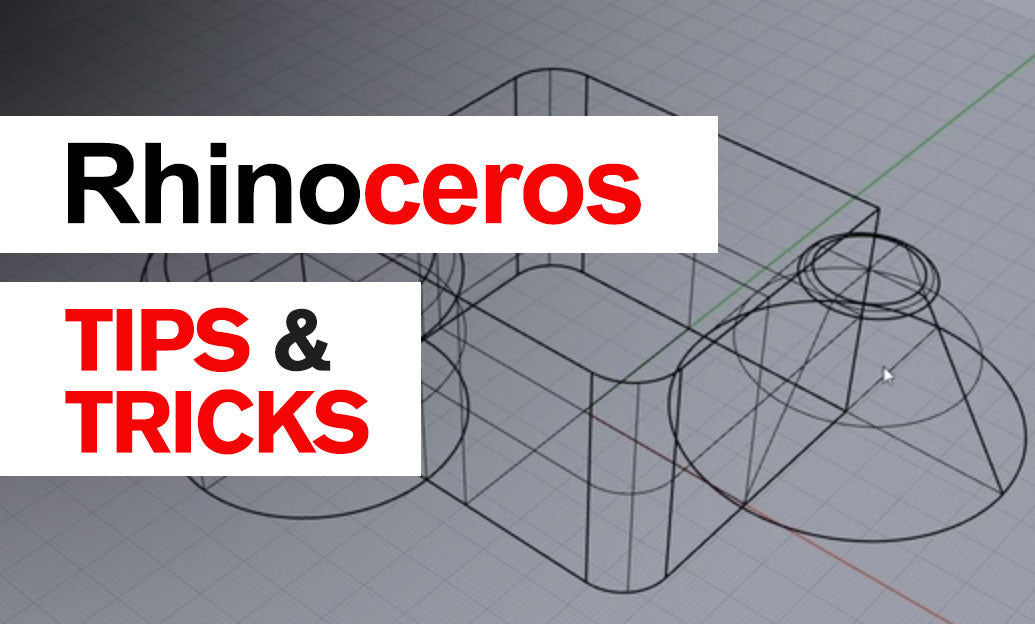Your Cart is Empty
Customer Testimonials
-
"Great customer service. The folks at Novedge were super helpful in navigating a somewhat complicated order including software upgrades and serial numbers in various stages of inactivity. They were friendly and helpful throughout the process.."
Ruben Ruckmark
"Quick & very helpful. We have been using Novedge for years and are very happy with their quick service when we need to make a purchase and excellent support resolving any issues."
Will Woodson
"Scott is the best. He reminds me about subscriptions dates, guides me in the correct direction for updates. He always responds promptly to me. He is literally the reason I continue to work with Novedge and will do so in the future."
Edward Mchugh
"Calvin Lok is “the man”. After my purchase of Sketchup 2021, he called me and provided step-by-step instructions to ease me through difficulties I was having with the setup of my new software."
Mike Borzage
Cinema 4D Tip: Mastering Motion Tracking Integration in Cinema 4D: A Step-by-Step Guide
September 29, 2024 2 min read

In today’s tip, we delve into the powerful world of motion tracking integration within Cinema 4D. This feature allows you to seamlessly integrate 3D elements into live-action footage, making your projects more immersive and dynamic. Here are some key points and steps to help you master motion tracking integration:
- Importing Footage: Start by importing your live-action footage into Cinema 4D. Go to File > Import and select your video file. Make sure your footage is of high quality to ensure accurate tracking.
- Setting Up the Motion Tracker: Navigate to the Motion Tracker object, which you can find under Objects > Motion Tracker. This will create a Motion Tracker object in your scene.
- Analyzing the Footage: Within the Motion Tracker object, go to the Footage tab and click on Full Solve. Cinema 4D will analyze the footage and create tracking points that correspond to the motion within the video.
- Refining Track Points: After the initial solve, you can refine the track points. Use the 2D Tracking tab to manually adjust points that may have drifted or been inaccurately tracked. Cinema 4D also provides tools to add or delete track points as necessary.
- Calibrating the Scene: Once you are satisfied with the tracking points, it’s time to calibrate your scene. Switch to the 3D Solve tab and click on Run 3D Solver. This will convert the 2D tracking data into 3D space, allowing your 3D elements to interact accurately with the footage.
- Adding 3D Objects: Now that your scene is tracked and calibrated, you can start adding 3D objects. Place these objects within your scene, and they will follow the camera movements of the live-action footage.
- Fine-Tuning the Integration: Use Cinema 4D’s powerful compositing and rendering tools to fine-tune the integration. Adjust lighting, shadows, and materials to match the live-action environment. This step is crucial for achieving a seamless blend between real and 3D elements.
- Rendering the Final Scene: Once you are satisfied with the integration, set up your render settings and output your final scene. Don’t forget to use the Team Render feature to speed up rendering times if you are working on a complex project.
Motion tracking integration can greatly enhance the realism and impact of your visual projects. By following these steps and leveraging the robust tools within Cinema 4D, you can create stunning compositions that captivate your audience. For more detailed tutorials and professional insights, visit NOVEDGE. Happy tracking!
You can find all the Cinema 4D products on the NOVEDGE web site at this page.
Also in Design News

Rhino 3D Tip: Understanding Surface and Solid Modeling in Rhino for Enhanced Workflow Efficiency
August 30, 2025 3 min read
Read More
Unlocking Advanced Animation Techniques: Five Studio-Proven Tricks to Elevate Your 3ds Max Workflow
August 30, 2025 6 min read
Read MoreSubscribe
Sign up to get the latest on sales, new releases and more …



